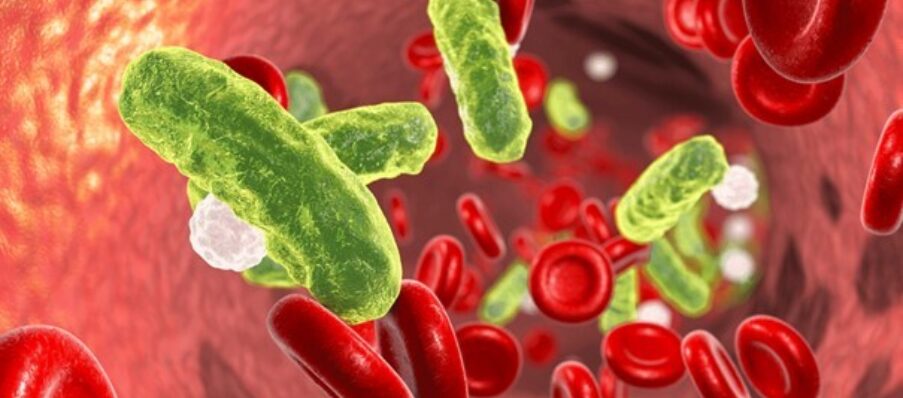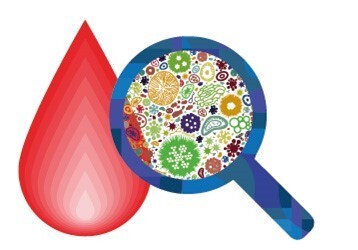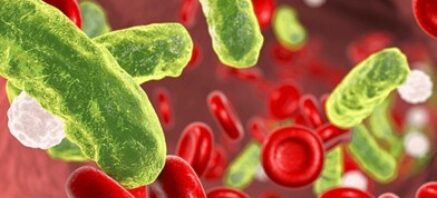
Medical Advice Disclaimer
DECLINAREA RESPONSABILITĂȚII: ACEST SITE NU OFERĂ SFATURI MEDICALE
Informațiile, inclusiv, dar fără a se limita la acestea, textul, grafica, imaginile și alte materiale conținute pe acest site web au un scop informativ și, uneori, sunt limitate doar la profesioniștii din domeniul sănătății. Titularul acestui site web nu poate fi tras la răspundere pentru orice erori, inexactități sau nereguli pe care le poate conține acest site web sau orice conținut legat de acesta.
Niciun material de pe acest site nu este menit să înlocuiască sfatul, diagnosticul sau tratamentul medical profesionist. Solicitați întotdeauna sfatul medicului dumneavoastră sau al altor furnizori de servicii medicale calificați cu privire la orice întrebare pe care o aveți referitor la o afecțiune sau un tratament medical înainte de a adopta un nou regim de îngrijire a sănătății și nu ignorați niciodată sfatul medical profesionist sau nu întârziați să îl solicitați din cauza unor informații pe care le-ați citit pe acest site.






